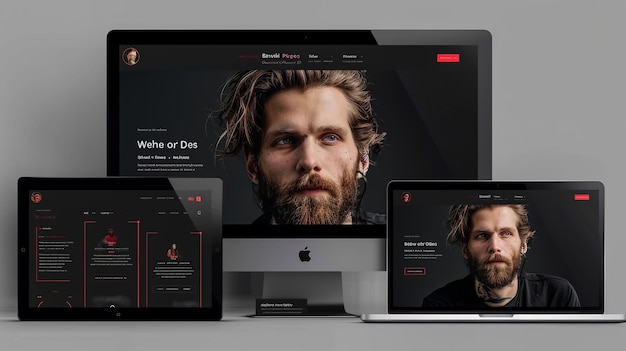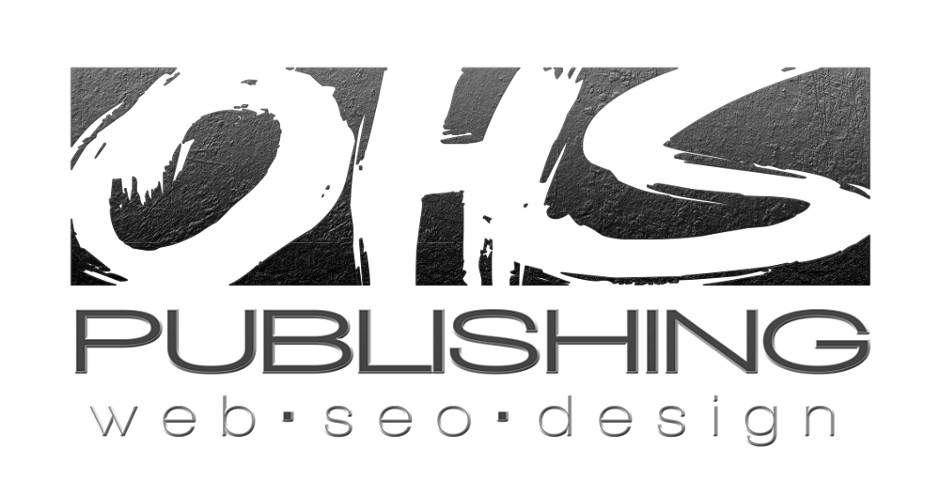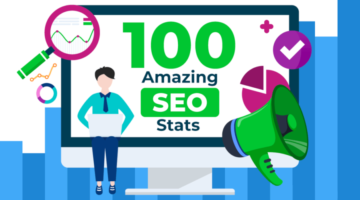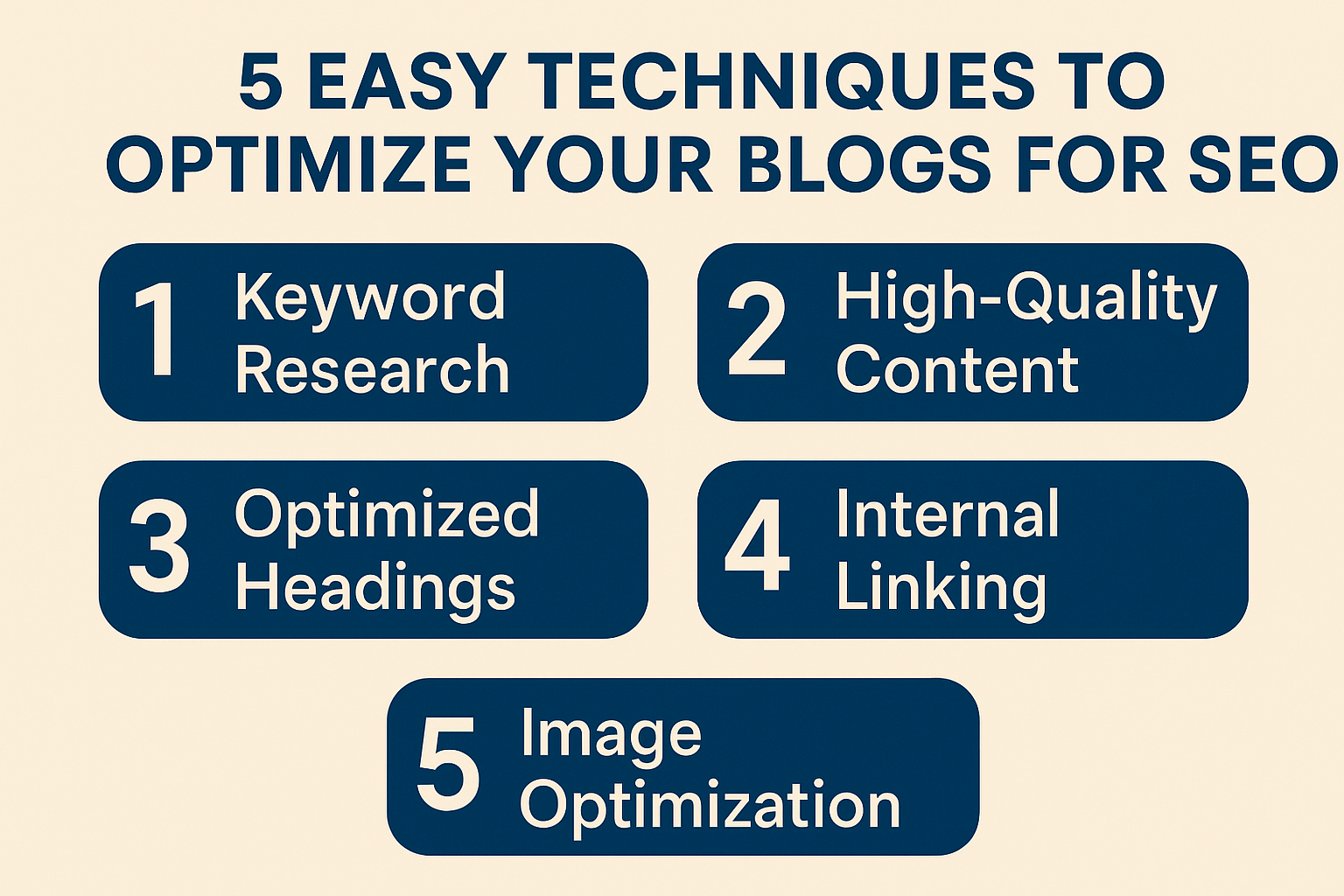Website Design Impact
The Silent Sales Killer: How Outdated Website Design is Costing You Revenue in 2025
In the fast-paced landscape of 2025, keeping your website design fresh and functional is more critical than ever. As user expectations evolve with advancements in technology, an outdated design can silently undermine your sales efforts. Business owners may not realize the impact that slow load times and poor mobile responsiveness can have on potential customers. Understanding 2025 design trends, such as AI-powered personalization and mobile-first approaches, is essential to staying competitive. This post will guide you on how to quickly identify and address these design pitfalls, ensuring your website not only meets modern standards but also boosts conversions. Learn more about why your outdated website could be costing you more than you think.## The Silent Sales Killer

In 2025, outdated website design has become a significant obstacle for businesses looking to thrive in the digital marketplace. This section explores the key factors that can silently erode your sales potential.
Outdated Design Pitfalls
An outdated design can significantly impact user perception and trust in your brand. A website that looks like it’s stuck in the past sends a message that your business might be too.
Users today expect sleek, modern interfaces that are intuitive to navigate. When they encounter outdated layouts, confusing menus, or old-fashioned graphics, they’re likely to bounce quickly.
Your website is often the first point of contact for potential customers. An outdated design can make a poor first impression, leading to lost opportunities before you even have a chance to showcase your products or services.
Slow Load Times Impact
In the fast-paced digital world of 2025, slow load times can be detrimental to your business. Users have become increasingly impatient, expecting near-instantaneous page loads.
Research shows that even a one-second delay in page load time can lead to a 7% reduction in conversions. This translates directly to lost revenue and missed opportunities for your business.
Optimizing your website’s speed is crucial for retaining visitors and improving your search engine rankings. Search engines like Google prioritize fast-loading sites, making speed a key factor in your online visibility.
Poor Mobile Responsiveness
With mobile devices dominating internet usage in 2025, poor mobile responsiveness is a critical issue that can severely impact your sales.
A website that doesn’t adapt seamlessly to different screen sizes frustrates users and leads to high bounce rates. Mobile users expect a smooth, intuitive experience tailored to their devices.
Google’s mobile-first indexing means that your mobile site is now the primary version considered for ranking. A non-responsive site can harm your SEO efforts and reduce your online visibility.
2025 User Expectations

As we navigate through 2025, user expectations have evolved dramatically. This section delves into the key areas where businesses need to focus to meet and exceed these expectations.
AI-Powered Personalization
AI-powered personalization has become a standard expectation for users in 2025. This technology allows websites to tailor content, product recommendations, and user experiences based on individual preferences and behavior.
Implementing AI personalization can significantly boost engagement and conversion rates. Users appreciate experiences that feel tailored to their needs and interests.
However, it’s crucial to balance personalization with privacy concerns. Transparent data practices and precise opt-in mechanisms are essential for building trust with your audience.
Accessibility Compliance
Accessibility compliance is no longer optional in 2025. It’s a legal requirement and a moral imperative to ensure your website is usable by people with diverse abilities.
Key accessibility features include:
-
Screen reader compatibility
-
Keyboard navigation
-
Color contrast for readability
-
Alternative text for images
Implementing these features not only broadens your potential audience but also improves your site’s overall usability and SEO performance.
Mobile-First Design Trends
Mobile-first design has become the standard approach in 2025. This methodology prioritizes the mobile user experience from the outset of the design process.
Key trends in mobile-first design include:
-
Simplified navigation
-
Touch-friendly interfaces
-
Adaptive images and content
-
Fast-loading pages optimized for mobile networks
By embracing these trends, you ensure that your website provides an optimal experience across all devices, leading to higher engagement and conversion rates.
Spotting Customer Turn-Offs

Identifying elements of your website that may be driving customers away is crucial for improving your online performance. This section provides tools and insights to help you recognize these issues.
Self-Checklist for Website Design
Use this checklist to evaluate your website’s design and functionality:
-
Does your site load in under 3 seconds?
-
Is your design consistent across all pages?
-
Is your navigation intuitive and easy to use?
-
Are your call-to-action buttons clear and prominent?
-
Is your content easily readable on mobile devices?
Regularly reviewing these aspects can help you maintain a user-friendly website that meets current standards and expectations.
Indicators of Lost Sales
Several indicators can suggest that your website design is costing you sales:
-
High bounce rates
-
Low time on site
-
Poor conversion rates
-
Negative user feedback
-
Low return visitor numbers
Monitoring these metrics can provide valuable insights into your website’s performance and highlight areas needing improvement.
Quick Design Fixes for Conversions

Implementing quick design fixes can lead to significant improvements in your conversion rates. This section explores strategies to optimize your website for better performance.
CTA Optimization Strategies
Compelling call-to-action (CTA) buttons are crucial for guiding users towards desired actions. Here are some optimization strategies:
-
Use contrasting colors to make CTAs stand out
-
Employ action-oriented text (e.g., “Get Started” instead of “Submit”)
-
Place CTAs in prominent locations on the page
-
Ensure CTAs are mobile-friendly and easy to tap
Testing different CTA designs and placements can help you find the most effective approach for your audience.
Visual Hierarchy Improvements
Visual hierarchy guides users’ attention to the most critical elements on your page. To improve your visual hierarchy:
-
Use size and color to emphasize key information
-
Employ whitespace to create clear separations between elements
-
Ensure consistent styling for similar types of content
-
Use headings and subheadings to structure information logically
These improvements can significantly enhance user experience and guide visitors towards conversion points.
Establishing Trust Signals
Trust signals are crucial for building credibility with your audience. Effective trust signals include:
-
Customer testimonials and reviews
-
Security badges and certifications
-
Clear privacy policy and terms of service
-
Contact information and physical address (if applicable)
Incorporating these elements can help alleviate user concerns and increase the likelihood of conversions.
When a Full Redesign Makes Sense

While quick fixes can address many issues, sometimes a complete website redesign is necessary. This section explores when and why to consider a comprehensive overhaul.
ROI-Driven Decision Making
Deciding on a complete redesign should be based on potential return on investment (ROI). Consider factors such as:
-
Current conversion rates vs. industry standards
-
Technological limitations of your current site
-
Changes in your business model or target audience
-
Competitive analysis of your industry
A redesign is justified when the potential increase in conversions and revenue outweighs the cost and effort involved.
Benefits of a Comprehensive Website Audit
A comprehensive website audit can provide valuable insights to inform your redesign decision. Benefits include:
-
Identifying technical issues affecting performance
-
Analyzing user behavior patterns
-
Evaluating content effectiveness
-
Assessing SEO performance
This data-driven approach ensures that your redesign efforts are focused on areas that will have the most significant impact on your business goals.












